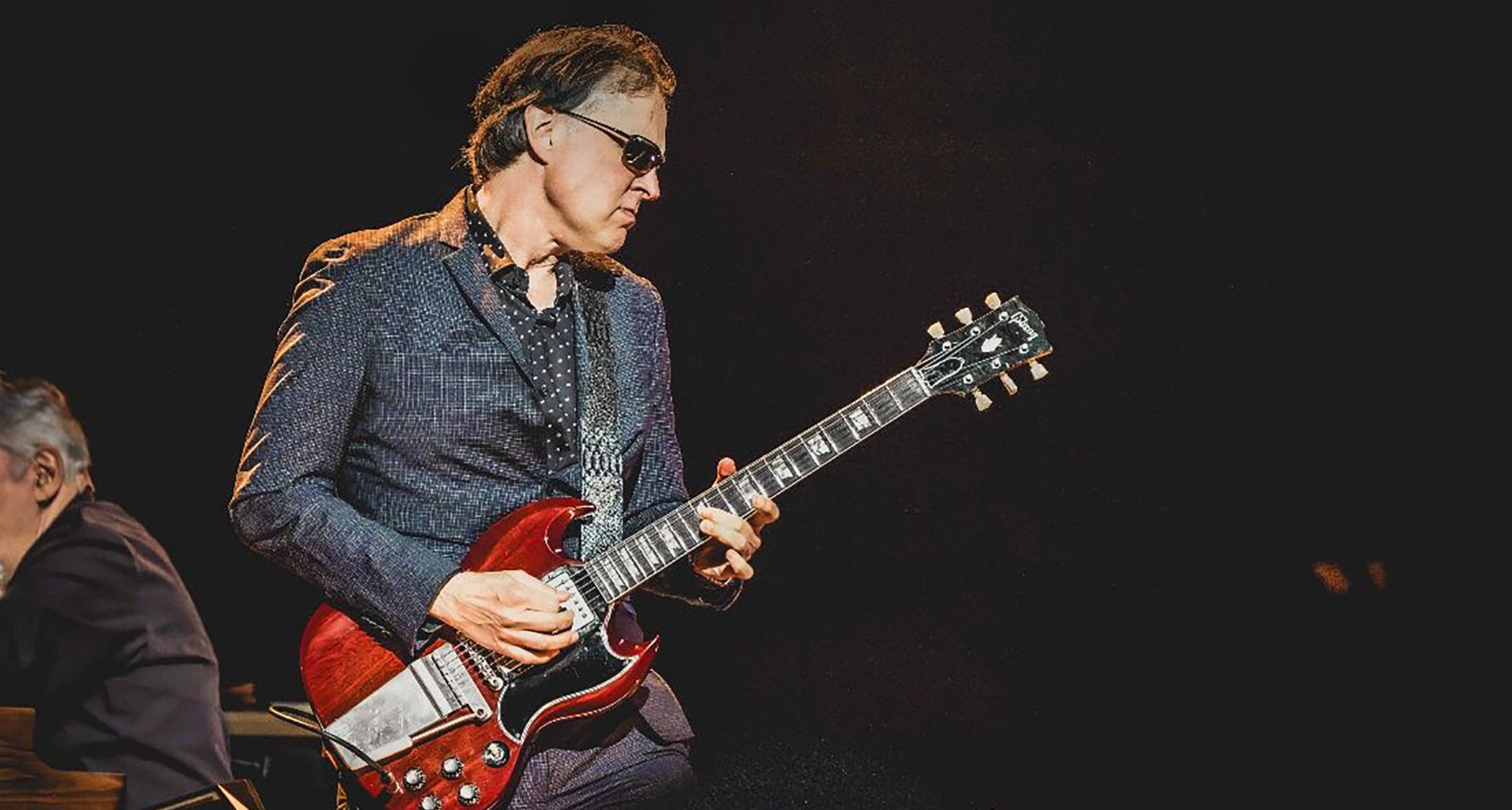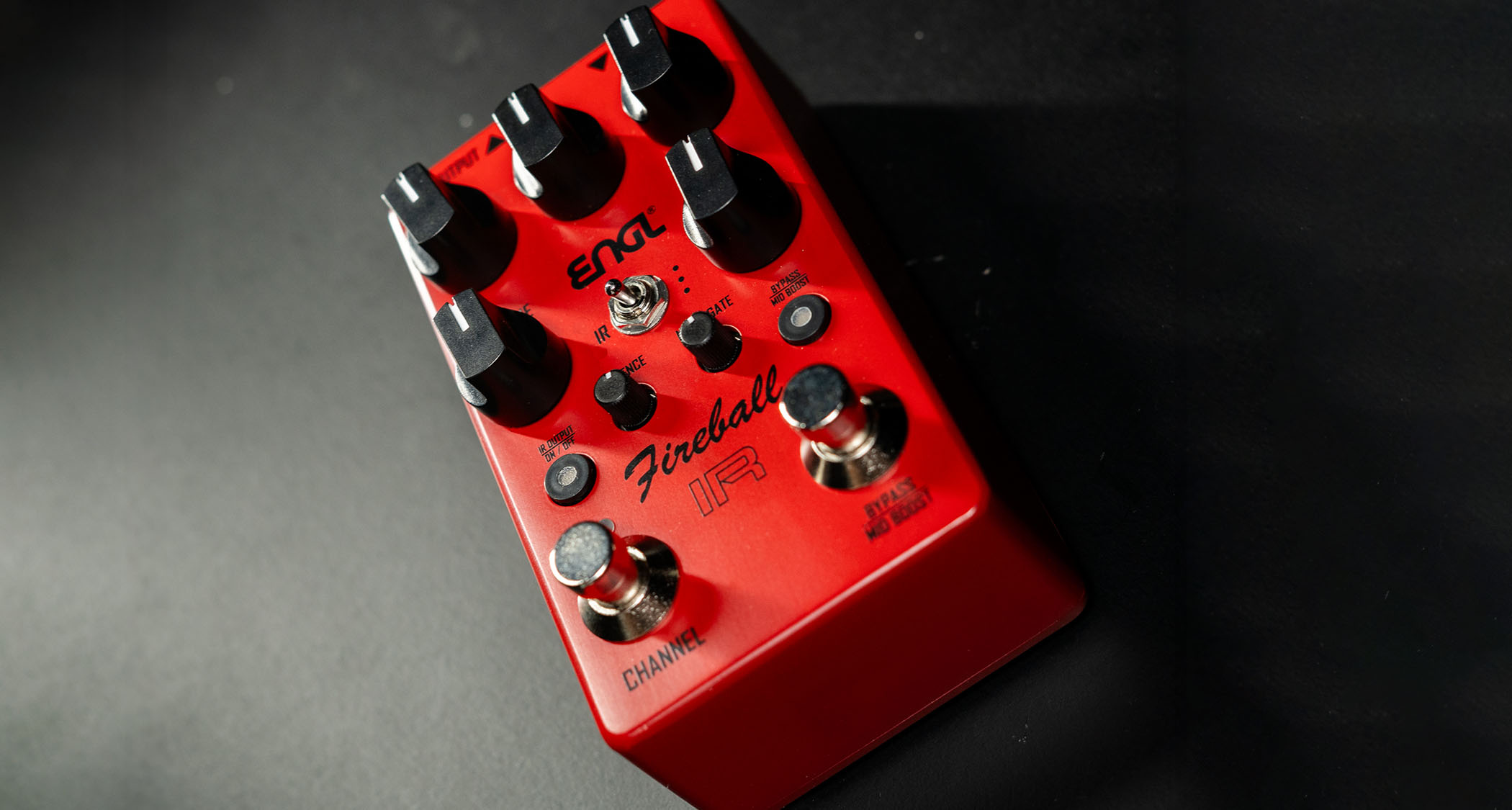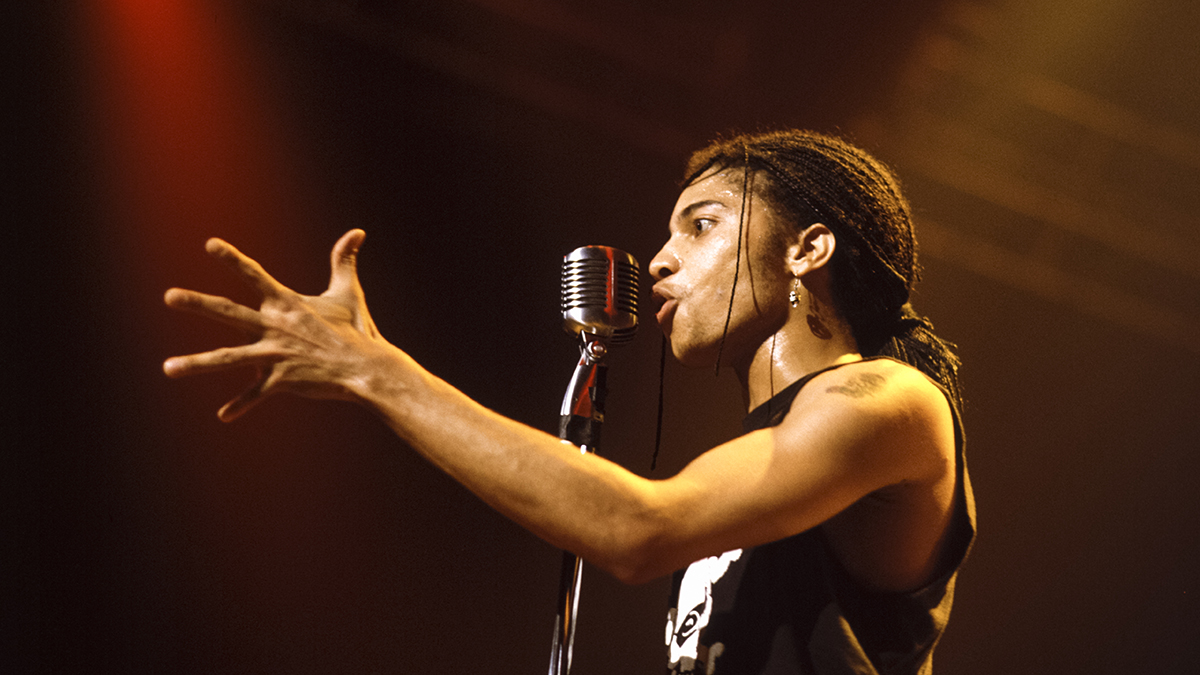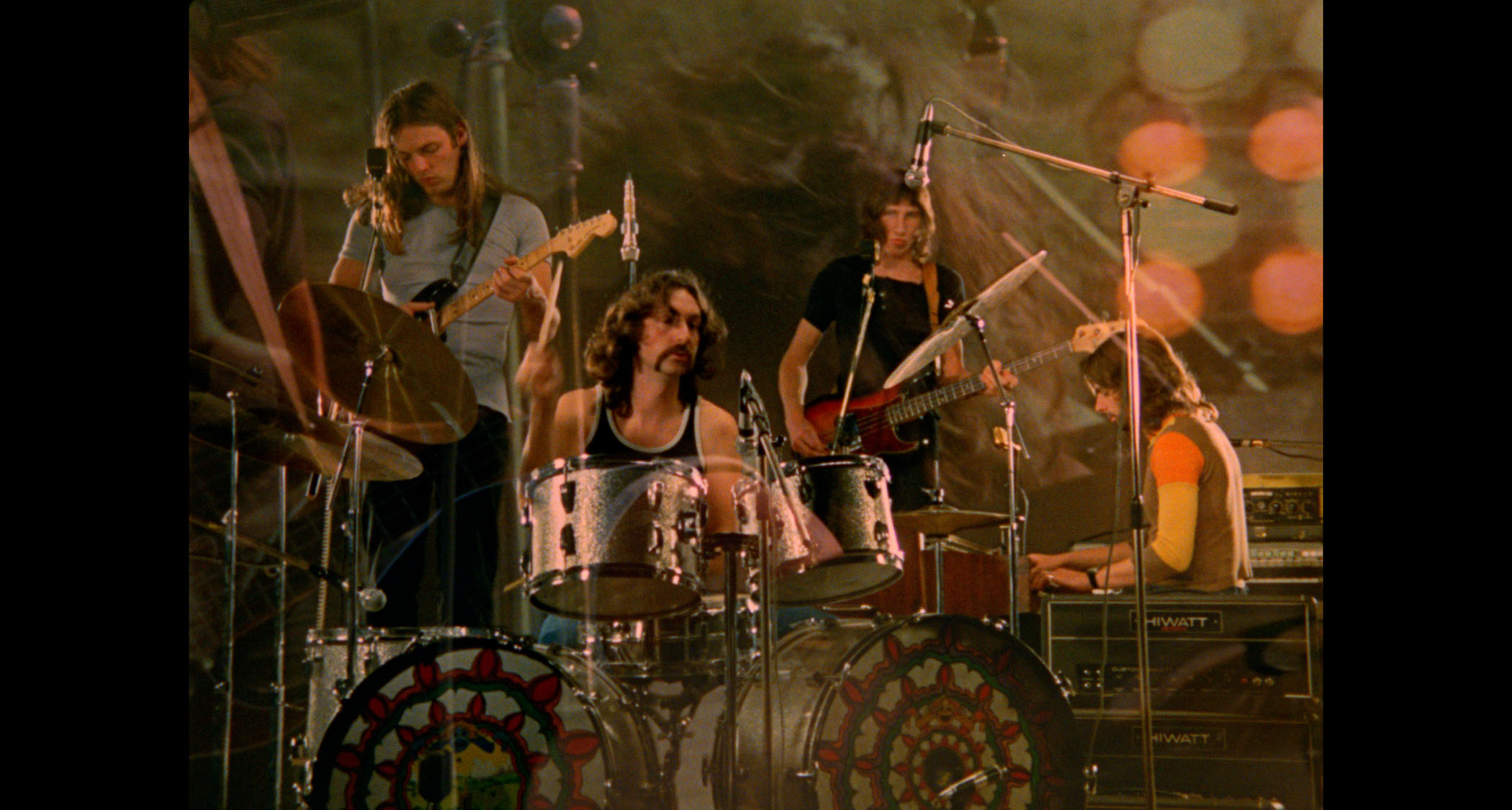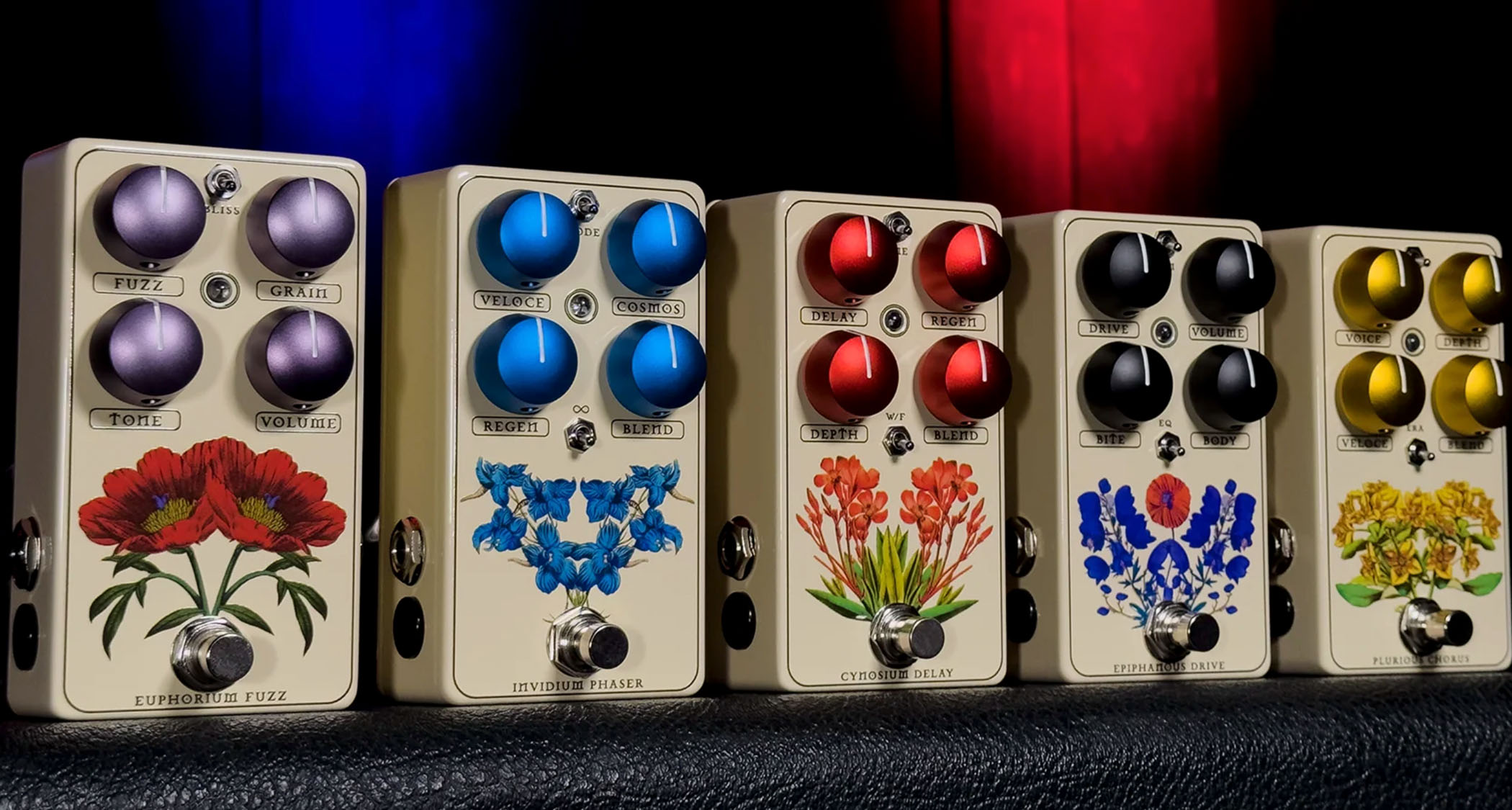Beat Building: how to make a classic house beat
We're showing you how to program convincing drum patterns in a variety of genres, starting with classic 4/4 house
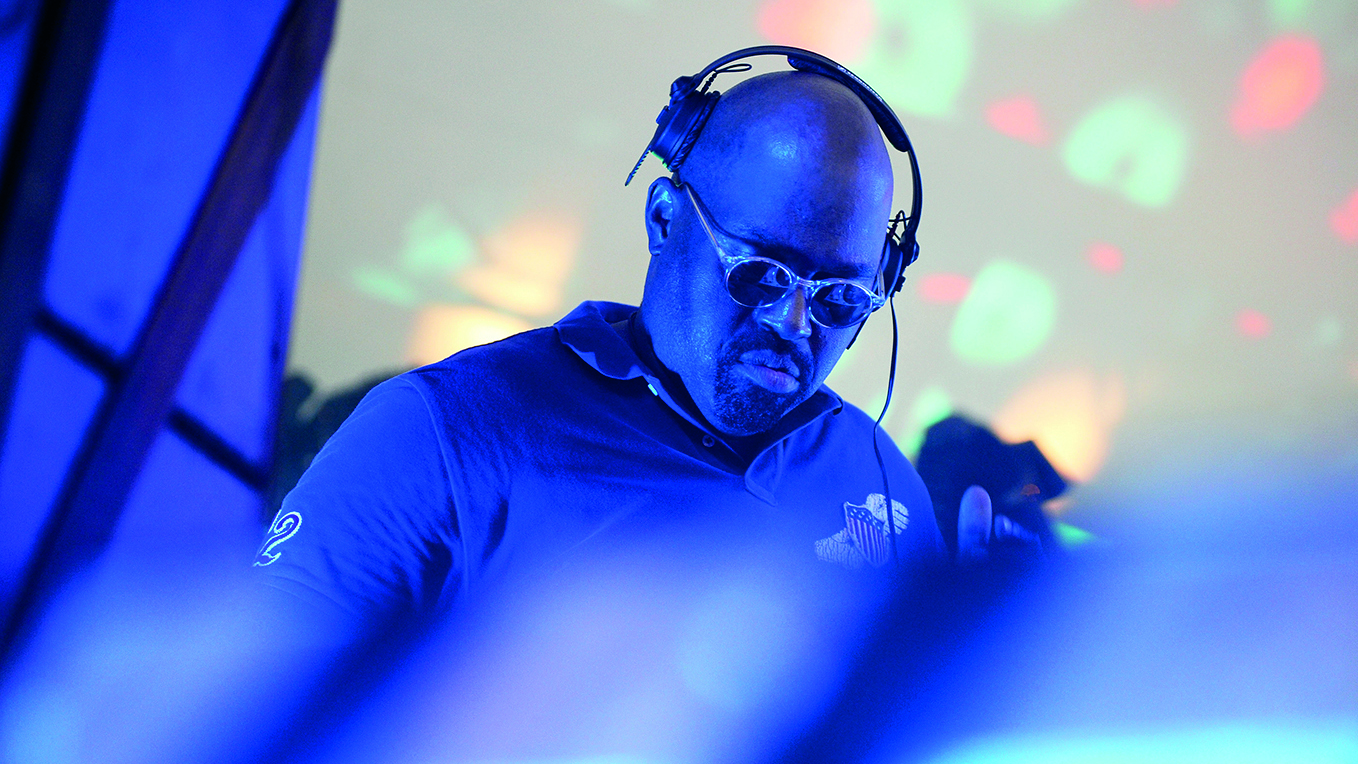
In our Beat Building series, we're showing you how to produce beats, grooves and drum patterns in a variety of styles and genres, touching on various eras of production, to help you understand the key rhythmic elements behind many of today’s biggest tracks.
House music comes in many shapes and sizes, but underpinning it is a driving four-to-the-floor groove between 115 and 130bpm
House music comes in many shapes and sizes, but underpinning it is a driving four-to-the-floor groove between 115 and 130bpm that’s stayed pretty consistent since its first appearance in Chicago in the mid-1980s.
There’s an abundance of DJs, labels and artists to reference and multiple subgenres to align to. Here we’re keeping it mainstream and looking at the sort of groove you’ll get on UK labels such as Defected or Toolroom and supported by DJs such as Dennis Ferrer.
House started out using the classic drum machine sounds of the time, particularly Roland 909 kicks, hats and snares. Nevertheless, over time more blended sounds have become the norm.
You want to look for short, heavy kicks without too much pitch in them
To produce convincing house beats you'll want to use the sounds that are currently popular, so in addition to referencing current releases, you may want to audition the latest house-specific sample packs. Alternatively, you can check out SampleRadar, our ever-growing collection of over 75,000 free music samples.
In general terms you want to look for short, heavy kicks without too much pitch in them, a selection of hats including some longer, looser open hi-hats, and tight snares and claps. 909 snares and claps can be particularly handy for fills and builds and extra percussion such as congas and shakers can be added to taste.
Building the beat...
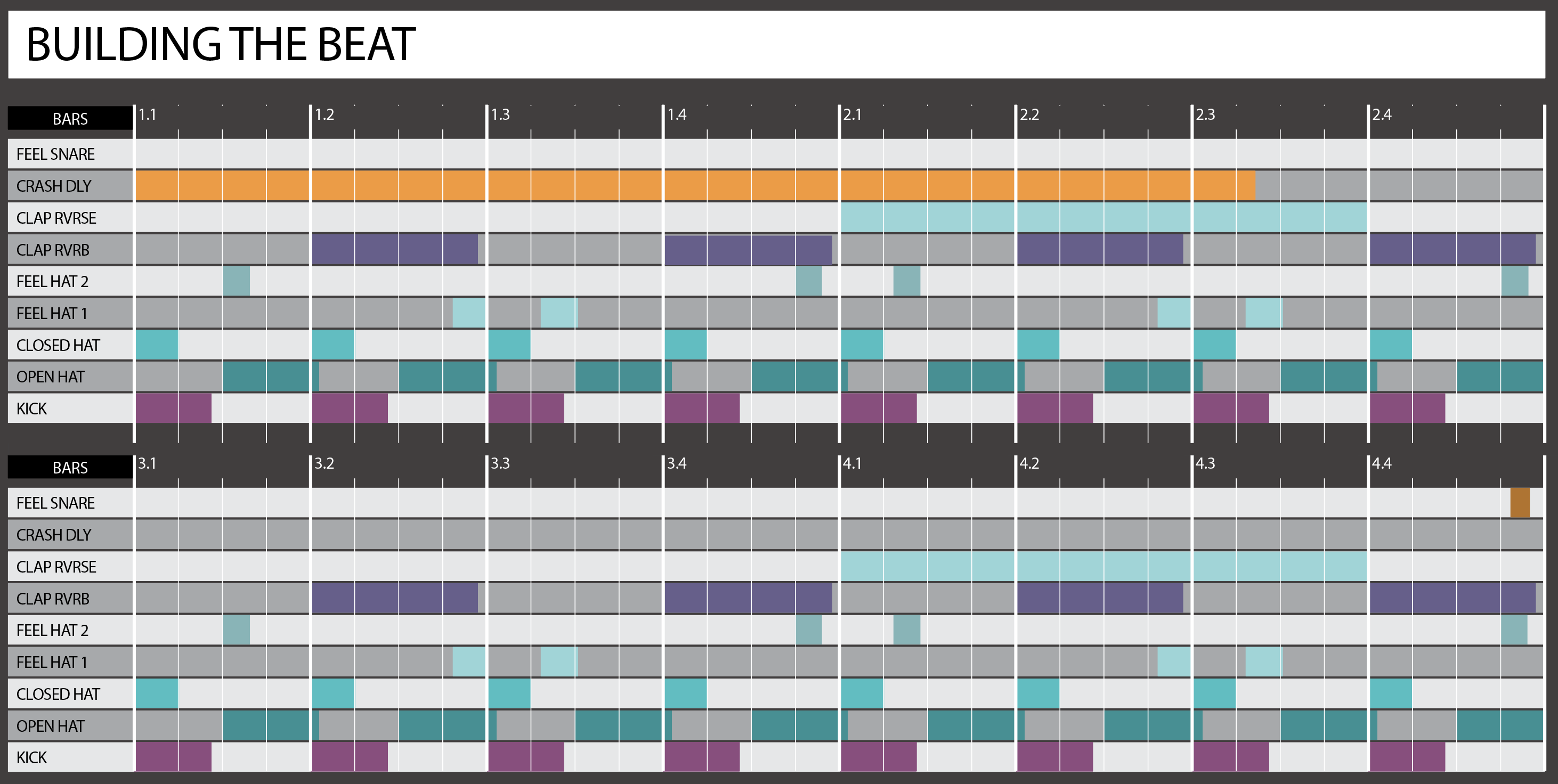
Start with a quantised KICK pattern on all quarter notes and then add an offbeat OPEN HI-HAT on all the 1/8th notes between the kicks. The length of the open hi-hat influences the overall feel, and here we’ve gone for a longer hi-hat sound and that’s reflected in the note lengths. Add a closed hi-hat on all quarter notes. This helps add presence to the kick drum.
Get the MusicRadar Newsletter
Want all the hottest music and gear news, reviews, deals, features and more, direct to your inbox? Sign up here.
Despite having a rigid kick pattern a mainstream house beat has a skippy feel to it. This can be achieved using additional hi-hats and here we’ve labelled ours FEEL HAT 1 and 2. These should be quieter than the main open hi-hat and you can do this with velocity. Feel Hat 1 sits on 8/16 and 10/16 of each bar and is slightly behind the beat.
You can use 16ths swing quantise to set this or do it manually by ear. Feel Hat 2 is on 3/16 and 16/16 of bar 1 and 2/16 and 16/16 of bar two. This time beat 2/16 in bar 2 is slightly behind the beat.
So far all the sounds have been dry, but now we’re adding a clap with reverb to quarter notes 2 and 4 of each bar. This can be further embellished with a REVERSE CLAP, and here we’ve programmed this up to the clap on beat 4 of each bar.
Bars 3 and 4 are primarily the same as bars 1 and 2, however, on bar 4 beat 16/16 we’ve placed a quiet feel snare to mark the end of the cycle. Again this is behind the beat and we adjusted it manually to taste. Finally, bar 1 is marked with a long CRASH with added delay.
Your basic house groove can be finessed considerably with effects, noise sweeps and swing quantised snare fills. Again pre-prepped sounds from sample packs are great for this. Use down sweeps or effects to mark the beginnings of 2 or 4 bar sections and up sweeps and builds at the end of these sections.
Check out how this beat should sound in our audio example below.
Get started on building a house beat with these free samples:


Future Music is the number one magazine for today's producers. Packed with technique and technology we'll help you make great new music. All-access artist interviews, in-depth gear reviews, essential production tutorials and much more. Every marvellous monthly edition features reliable reviews of the latest and greatest hardware and software technology and techniques, unparalleled advice, in-depth interviews, sensational free samples and so much more to improve the experience and outcome of your music-making.

